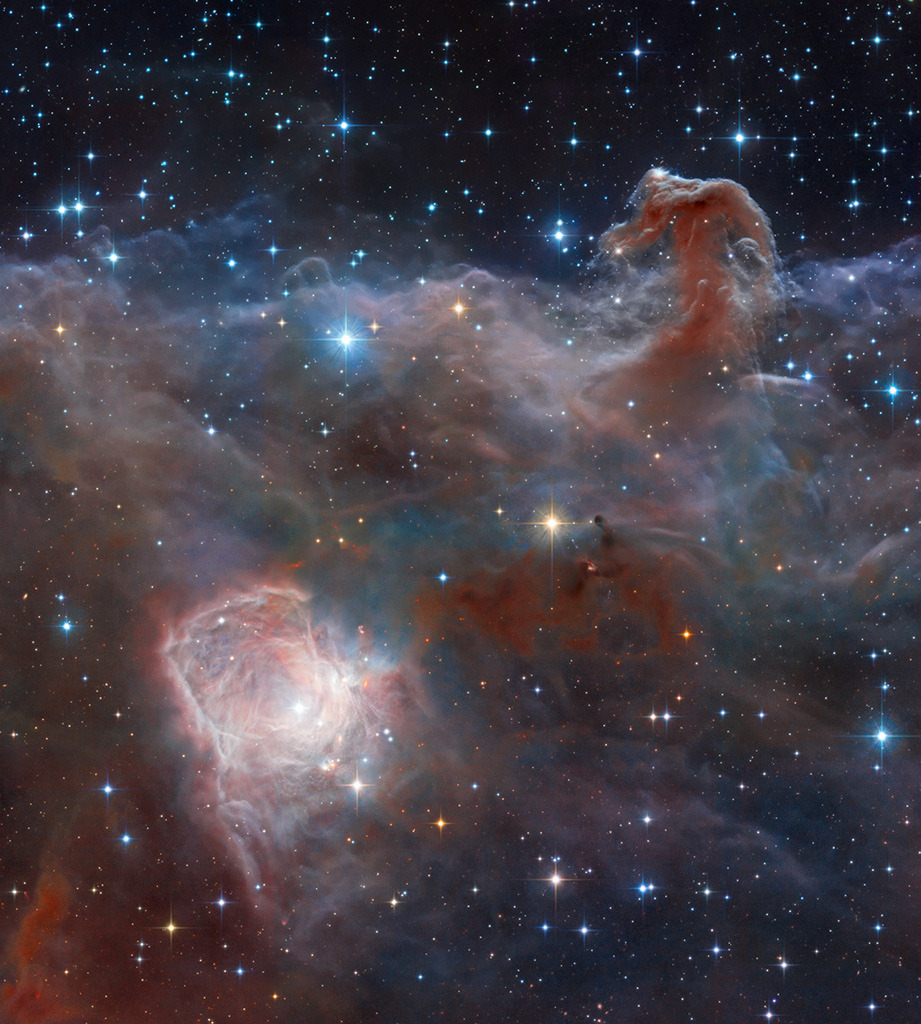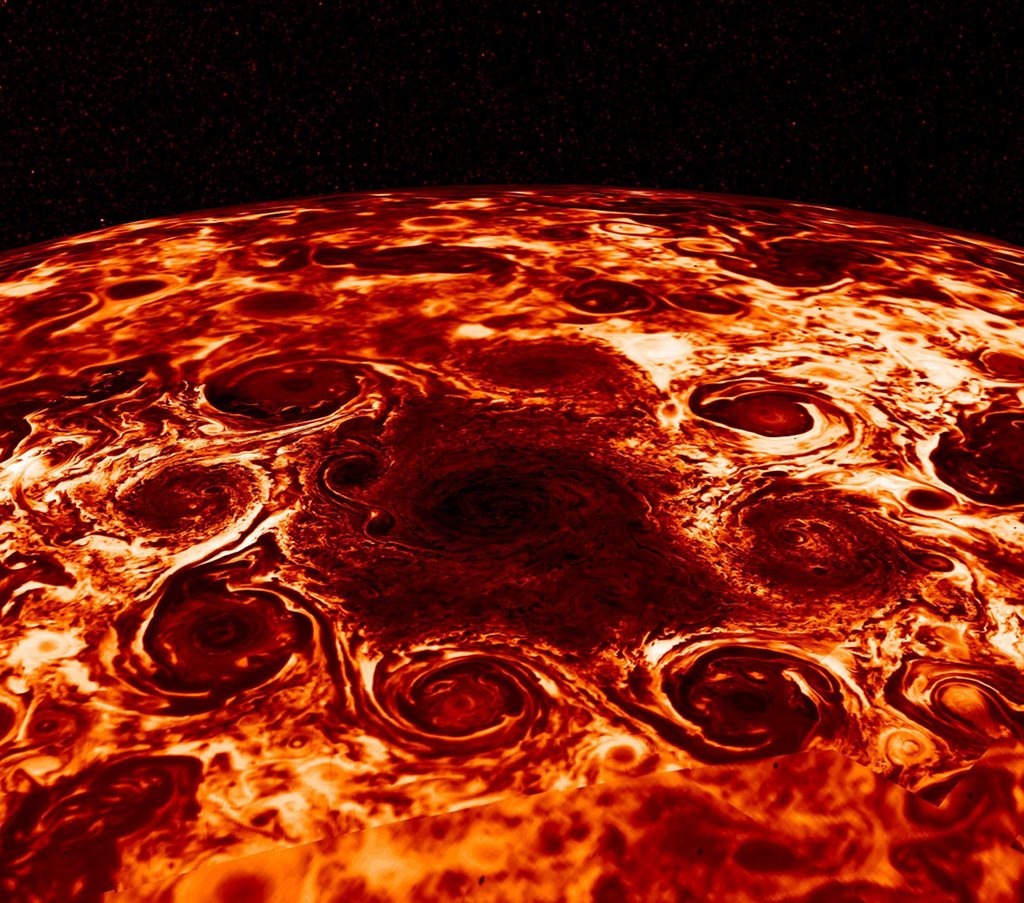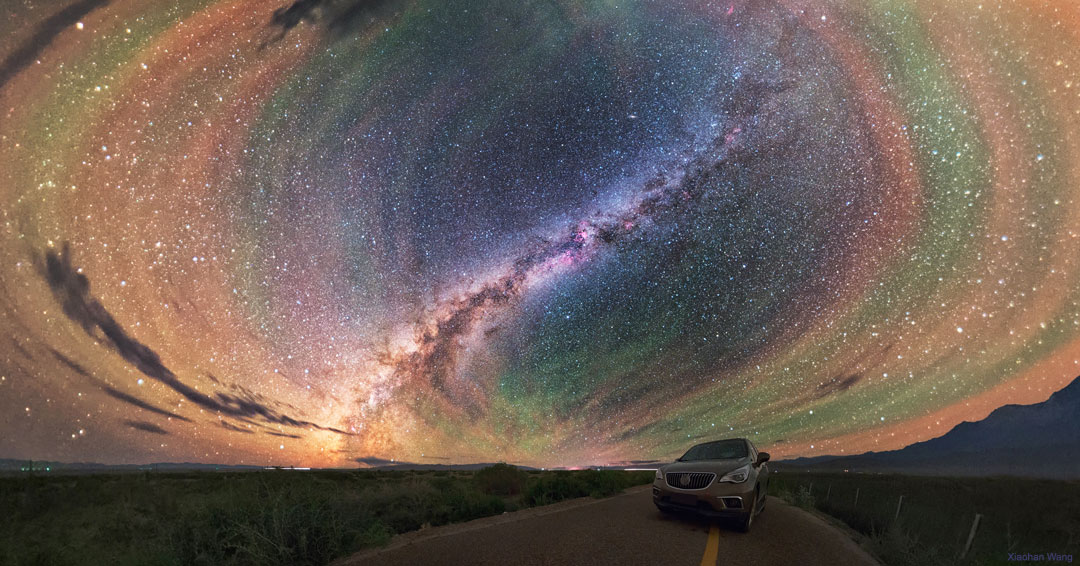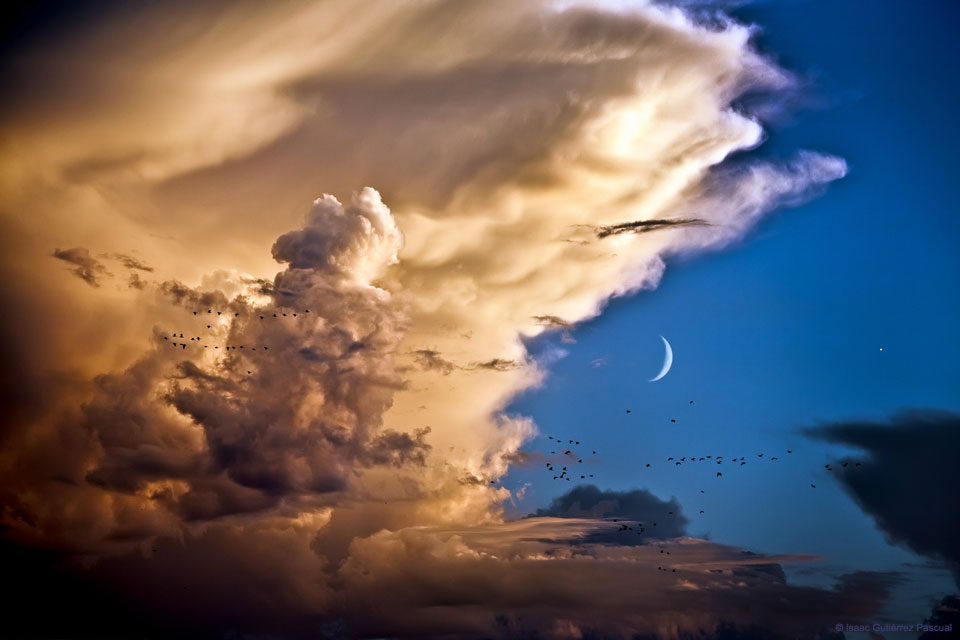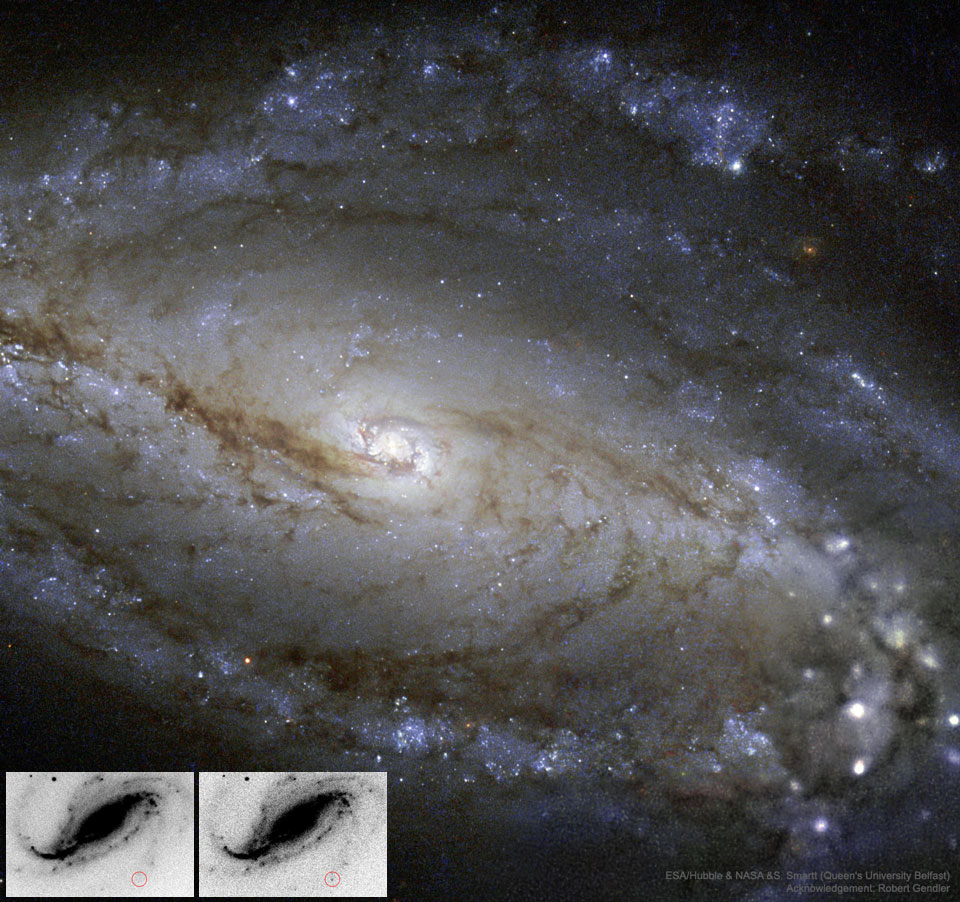
What would it be like to orbit the Earth? The International Space Station (ISS) does this every 90 minutes, and sometimes the astronauts on board take image sequences that are made into videos. The featured time-lapse video shows many visual spectacles of the dark Earth below. First, as the video begins, green and red auroras are visible on the upper left above white clouds. Soon city lights come into view, and it becomes clear you are flying over North America, eventually passing over Florida. In the second sequence you fly over Europe and Africa, eventually passing over the Nile River. Brief flashes of light are lightning in storms. Stars far in the distance can be seen rising through the greenish-gold glow of the Earth's atmosphere. via NASA http://ift.tt/2HrQDTJ
